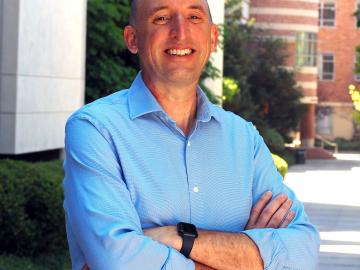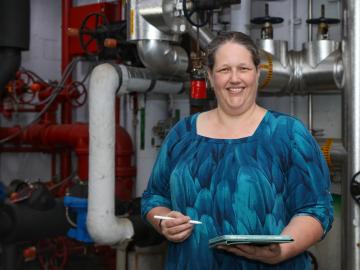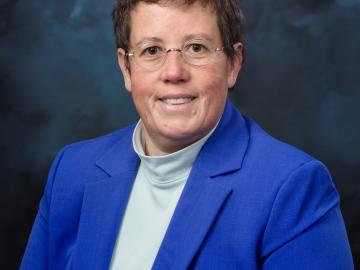
Filter News
Area of Research
News Topics
- (-) Biology (27)
- (-) Cybersecurity (4)
- (-) Exascale Computing (28)
- (-) Fusion (26)
- (-) Isotopes (25)
- (-) Machine Learning (31)
- (-) Mercury (1)
- (-) Microscopy (12)
- (-) Security (11)
- 3-D Printing/Advanced Manufacturing (59)
- Advanced Reactors (19)
- Artificial Intelligence (53)
- Big Data (39)
- Bioenergy (29)
- Biomedical (35)
- Biotechnology (12)
- Buildings (30)
- Chemical Sciences (35)
- Clean Water (8)
- Composites (12)
- Computer Science (85)
- Coronavirus (25)
- Critical Materials (10)
- Education (2)
- Emergency (3)
- Energy Storage (36)
- Environment (67)
- Fossil Energy (4)
- Frontier (22)
- Grid (23)
- High-Performance Computing (48)
- Hydropower (1)
- ITER (2)
- Materials (26)
- Materials Science (65)
- Mathematics (9)
- Microelectronics (2)
- Molten Salt (3)
- Nanotechnology (19)
- National Security (36)
- Neutron Science (58)
- Nuclear Energy (49)
- Partnerships (29)
- Physics (22)
- Polymers (12)
- Quantum Computing (20)
- Quantum Science (36)
- Simulation (24)
- Space Exploration (7)
- Statistics (3)
- Summit (31)
- Transportation (30)
Media Contacts

Brian Sanders is focused on impactful, multidisciplinary science at Oak Ridge National Laboratory, developing solutions for everything from improved imaging of plant-microbe interactions that influence ecosystem health to advancing new treatments for cancer and viral infections.

Researchers conduct largest, most accurate molecular dynamics simulations to date of two million correlated electrons using Frontier, the world’s fastest supercomputer. The simulation, which exceed an exaflop using full double precision, is 1,000 times greater in size and speed than any quantum chemistry simulation of it's kind.

Oak Ridge National Laboratory has named Troy A. Carter director of the Fusion Energy Division in ORNL’s Fusion and Fission Energy and Science Directorate, or FFESD.

Oak Ridge National Laboratory scientists have developed a method leveraging artificial intelligence to accelerate the identification of environmentally friendly solvents for industrial carbon capture, biomass processing, rechargeable batteries and other applications.

A new study conducted on the Frontier supercomputer gave researchers new clues to improving fusion confinement. This research, in collaboration with General Atomics and UC San Diego, uncovered that the interaction between ions and electrons near the tokamak's edge can unexpectedly increase turbulence, challenging previous assumptions about how to optimize plasma confinement for efficient nuclear fusion.

Leadership Tennessee has named Clarice Phelps to its 2024–2025 Signature Program Class XI to collaborate with professionals statewide to address Tennessee’s most serious issues.

Sara Martinez ensures the safety and longevity of aging structures at Oak Ridge National Laboratory, employing her engineering expertise to protect against natural disasters and extend the lifespan of critical facilities.

When Oak Ridge National Laboratory's science mission takes staff off-campus, the lab’s safety principles follow. That’s true even in the high mountain passes of Washington and Oregon, where ORNL scientists are tracking a tree species — and where wildfires have become more frequent and widespread.

Early career scientist Frankie White's was part of two major isotope projects at the same time he was preparing to be a father. As co-lead on a team that achieved the first synthesis and characterization of a radium compound using single crystal X-ray diffraction and part of a team that characterized the properties of promethium, White reflects on the life-changing timeline at work, and at home.

Lætitia H. Delmau, a distinguished researcher and radiochemist at Oak Ridge National Laboratory, has received the 2024 Glenn T. Seaborg Actinide Separations Award.


